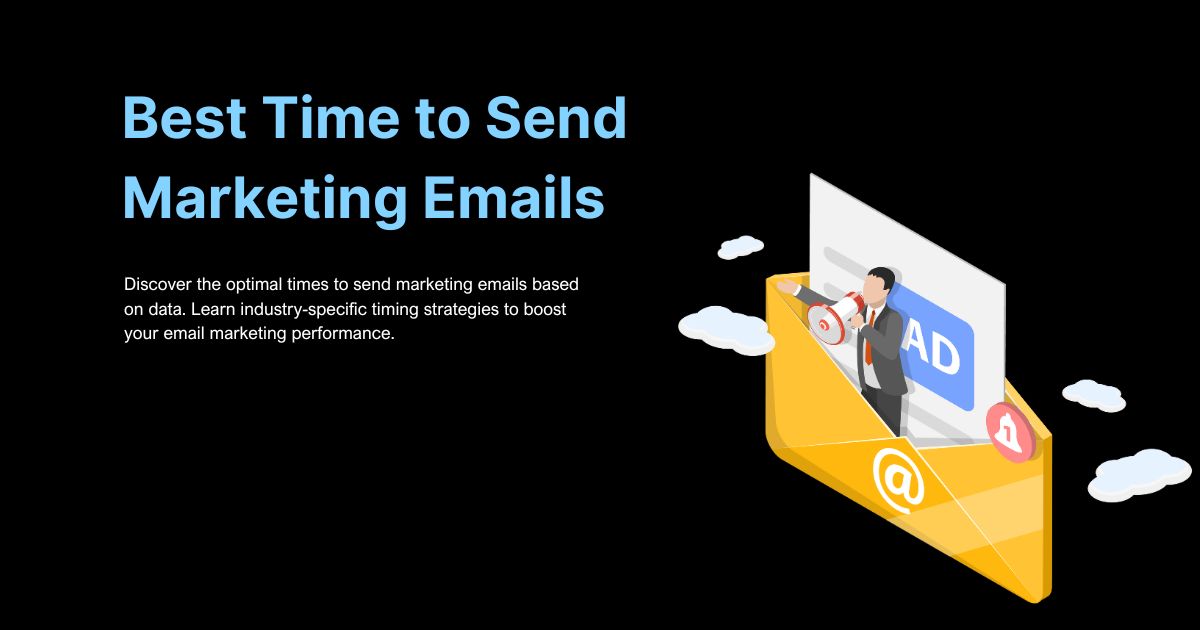
Getting your email marketing strategy right involves more than crafting compelling subject lines and designing eye-catching templates. Timing plays a crucial role in determining whether your carefully crafted message lands in front of engaged recipients or gets buried in an overcrowded inbox.
Research consistently shows that send time can impact open rates by up to 23%. But with so many variables at play—industry differences, audience demographics, and global time zones—finding the optimal send time for your specific campaigns requires both data-driven insights and strategic testing.
This guide will walk you through the proven best practices for email send times, helping you maximize engagement and drive better results from your email marketing efforts.
Why Email Send Time Matters
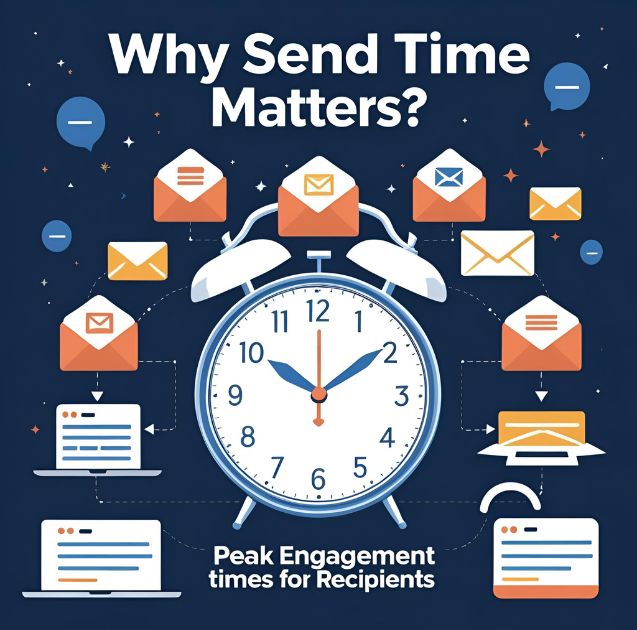
Email timing affects three key metrics that determine campaign success: open rates, click-through rates, and conversion rates. When you send emails at the right moment, you catch subscribers during periods of high engagement, leading to better overall performance.
Most email clients display messages chronologically, meaning newer emails appear first. If you send your campaign when your audience is actively checking their inbox, you’ll benefit from prime real estate at the top of their email list. Send at the wrong time, and your message may get pushed down by other emails before recipients have a chance to see it.
Consumer behavior patterns also influence email engagement. People check their emails differently throughout the day—some scan quickly during commutes, others dedicate focused time for reading during lunch breaks, and many catch up on messages in the evening.
The Universal Best Times for Email Marketing
Multiple studies analyzing billions of emails have identified consistent patterns in when people engage with marketing messages. These findings provide a solid starting point for most email marketing campaigns.
Best Days of the Week
Tuesday through Thursday consistently outperform other days for email marketing. Tuesday shows the highest open rates across most industries, with Wednesday and Thursday following closely behind. Monday often underperforms because people are catching up from the weekend, while Friday through Sunday typically see lower engagement as people shift focus away from work-related activities.
Optimal Hours for Sending
The most effective send times fall into three primary windows:
Morning window (9-11 AM): This period captures people as they settle into their workday and check emails with their morning coffee. Open rates peak around 10 AM when recipients have processed urgent overnight messages and have time to engage with marketing content.
Lunch window (12-2 PM): Many professionals check personal emails during lunch breaks, making this an excellent time for B2C campaigns. The midday window works particularly well for retail, lifestyle, and entertainment industries.
Evening window (5-7 PM): As the workday winds down, people often check emails one final time. This window can be effective for both B2B and B2C campaigns, depending on your audience’s habits.
Industry-Specific Timing Strategies
Different industries see varying patterns in email engagement, reflecting the unique behaviors and schedules of their target audiences.
B2B Email Marketing
Business-to-business emails perform best during standard business hours, with Tuesday and Wednesday showing the strongest results. The 10 AM time slot consistently delivers high open rates, as professionals typically review non-urgent emails after handling morning priorities.
B2B campaigns should generally avoid early morning hours (before 8 AM) and late evening sends (after 6 PM) unless your audience specifically engages during these times.
Retail and E-commerce
Retail email marketing benefits from a broader send window, with strong performance from late morning through early evening. Weekend sends can work well for lifestyle brands and businesses targeting leisure activities.
Flash sales and time-sensitive promotions often perform best when sent during peak shopping hours, typically 10 AM to 2 PM and 5 PM to 8 PM.
Healthcare and Wellness
Healthcare communications show strong engagement during morning hours (8-10 AM) and evening periods (6-8 PM). This pattern reflects when people typically think about health-related topics—starting their day with wellness intentions or winding down with evening routines.
Financial Services
Financial industry emails perform well during mid-morning hours (9-11 AM) and early evening (5-7 PM). These times align with when people check account balances and review financial information.
Global Considerations and Time Zones
Managing email campaigns across multiple time zones requires strategic planning to ensure optimal delivery times for different audience segments.
Segmentation by Geography
Create separate email lists for different geographic regions, allowing you to send campaigns at locally optimal times. A 10 AM send time in New York translates to 7 AM in Los Angeles—a difference that can significantly impact engagement rates.
International Audiences
For truly global campaigns, consider the primary business hours of your largest audience segments. You might need to send multiple versions of the same campaign to accommodate different time zones effectively.
Mobile vs. Desktop Behavior
Mobile email usage patterns differ from desktop behavior. Mobile opens peak during commute times (7-9 AM and 5-7 PM), while desktop engagement remains steady throughout business hours.
Testing and Optimizing Your Send Times
Generic best practices provide a starting point, but the most effective email marketing strategy involves testing with your specific audience to identify optimal send times.
A/B Testing Send Times
Create systematic tests by sending identical emails to similar audience segments at different times. Track open rates, click-through rates, and conversion rates to identify patterns specific to your subscribers.
Test one variable at a time—if you’re evaluating send times, keep subject lines, content, and audience segments consistent across test groups.
Analyzing Your Email Analytics
Review your email platform’s analytics to identify trends in subscriber behavior. Look for patterns in when your audience typically opens emails, clicks links, and completes desired actions.
Pay attention to unsubscribe rates at different send times. If certain time slots consistently produce higher unsubscribe rates, it may indicate you’re reaching people at inconvenient moments.
Seasonal Adjustments
Email engagement patterns shift throughout the year. Holiday seasons, back-to-school periods, and industry-specific busy seasons all influence when people check and respond to marketing emails.
Track these seasonal variations and adjust your send times accordingly. What works in January might not be optimal in July.
Common Mistakes to Avoid
Several common pitfalls can undermine even well-timed email campaigns.
Avoid sending emails during major holidays or significant news events when attention will be elsewhere. Monitor current events and adjust send times if necessary.
Don’t rely solely on your own schedule preferences. Just because you check emails at 6 AM doesn’t mean your audience does the same.
Frequency matters as much as timing. Sending too many emails, even at optimal times, can lead to subscriber fatigue and higher unsubscribe rates.
Tools and Technologies for Timing Optimization
Modern email marketing platforms offer sophisticated tools to help optimize send times automatically.
Send time optimization features analyze individual subscriber behavior to determine when each person is most likely to engage with your emails. These tools can significantly improve performance by personalizing send times at scale.
Marketing automation platforms can schedule emails based on subscriber time zones, ensuring consistent delivery times regardless of geographic location.
Maximizing Your Email Marketing Success
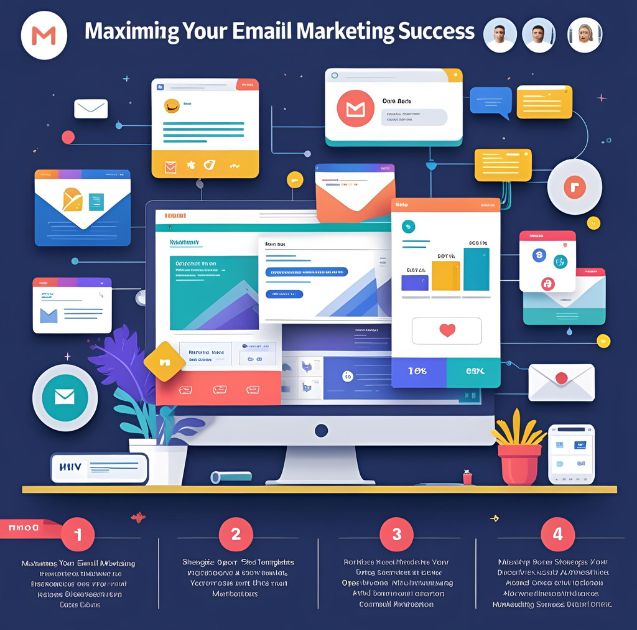
The best time to send marketing emails isn’t just about following universal best practices—it’s about understanding your unique audience and continuously optimizing based on real performance data.
Start with the proven time windows outlined in this guide, then systematically test different send times with your specific audience segments. Track your results carefully, and be prepared to adjust your strategy based on what you learn.
Remember that email marketing success depends on multiple factors beyond just timing. Great content, compelling subject lines, and valuable offers matter just as much as when you hit send. Use timing optimization as one component of a comprehensive email marketing strategy that prioritizes subscriber value and engagement.
Begin testing your optimal send times this week. Your email marketing results—and your subscribers—will thank you for the extra attention to timing.







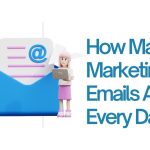







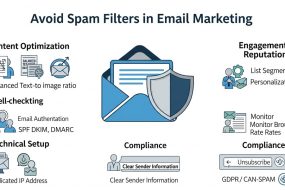
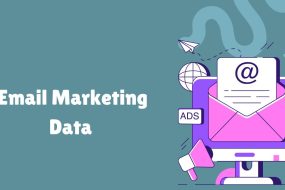
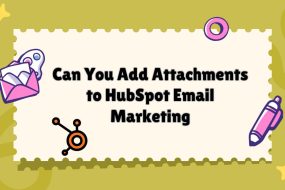
No Comments